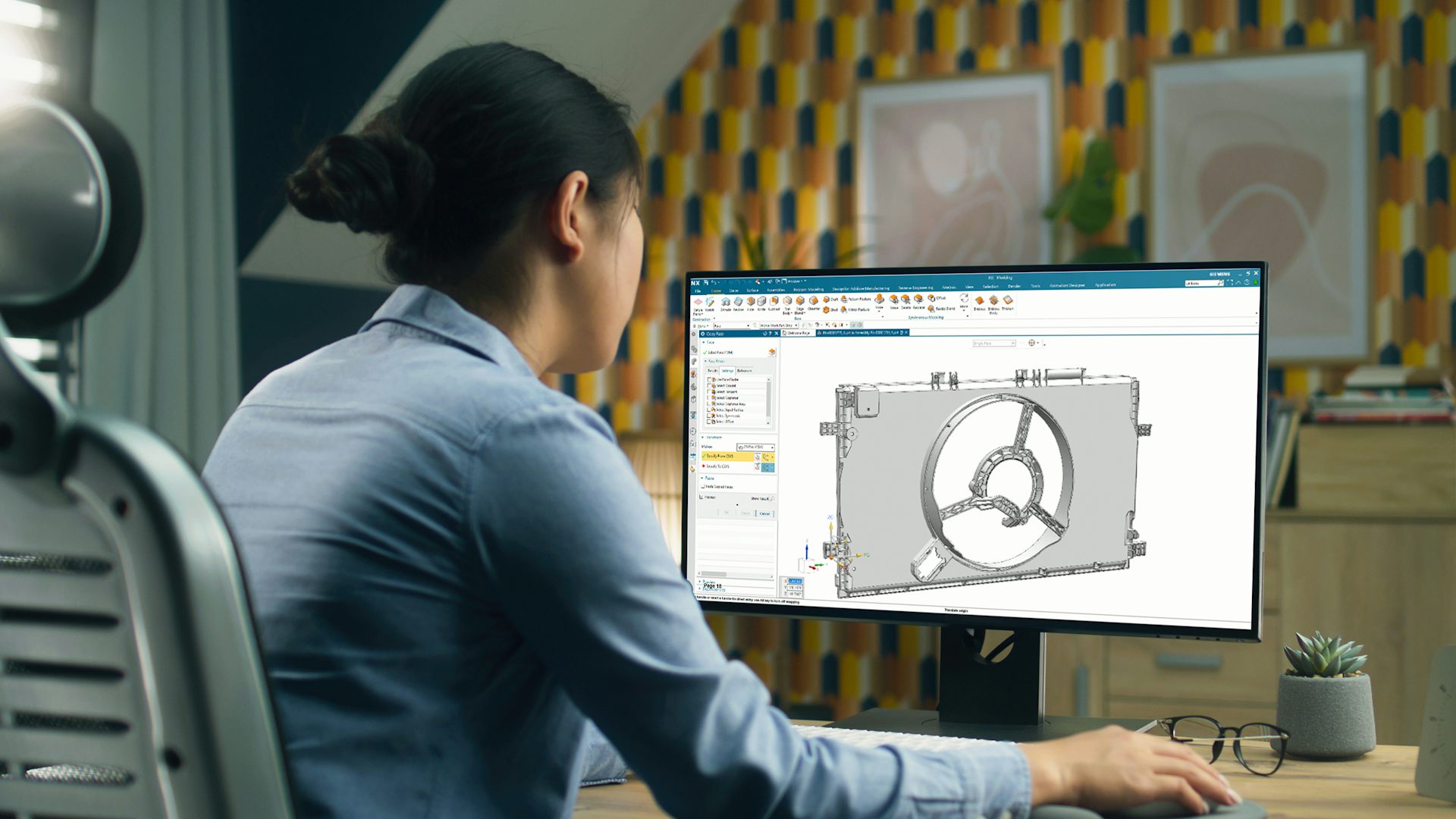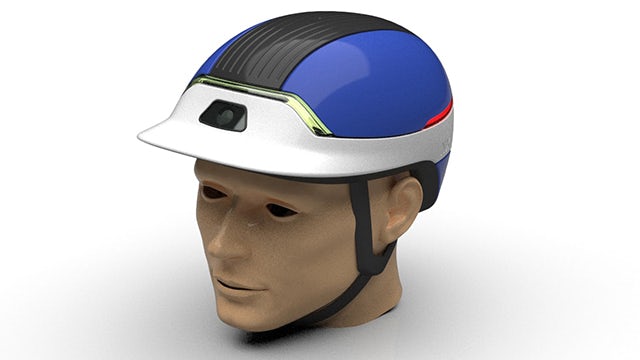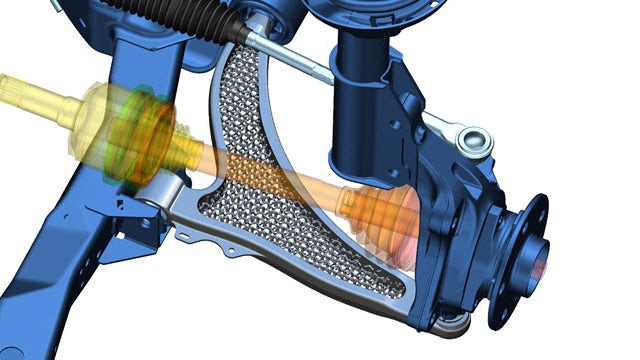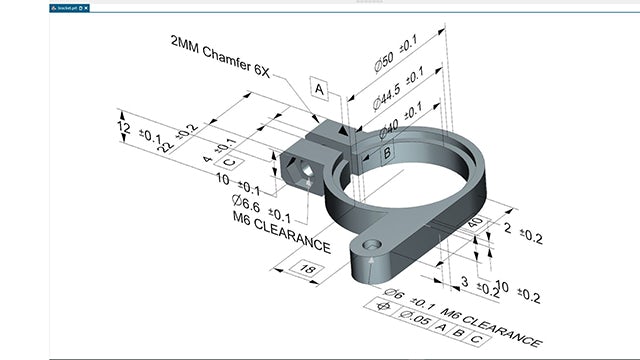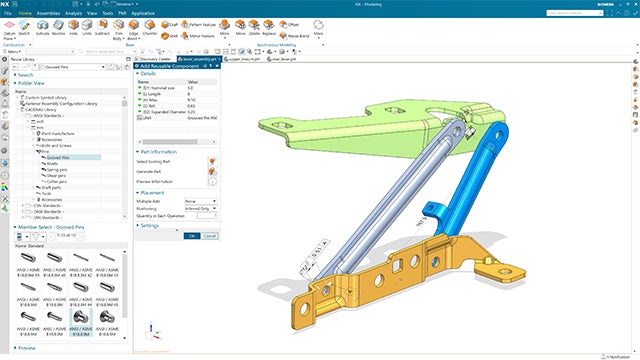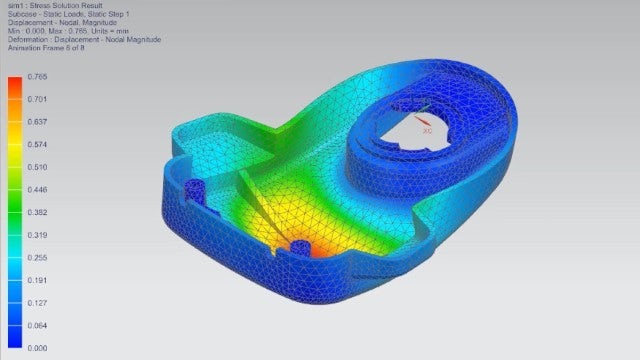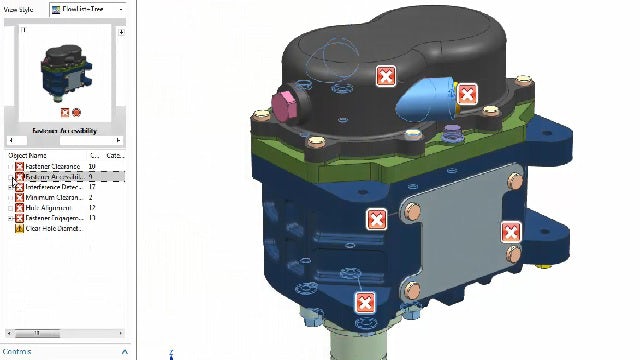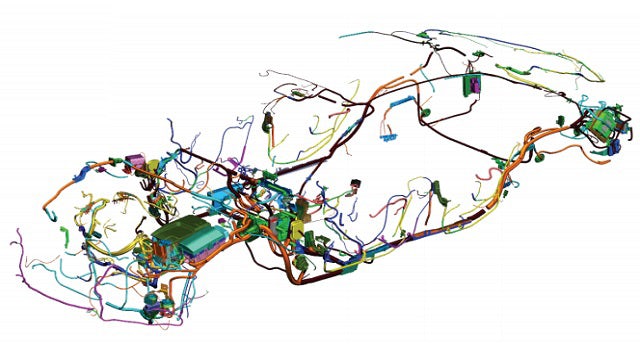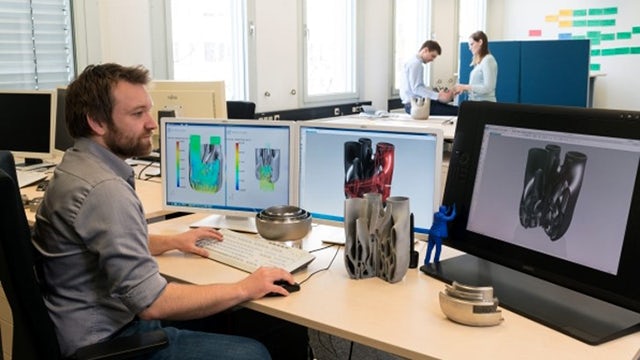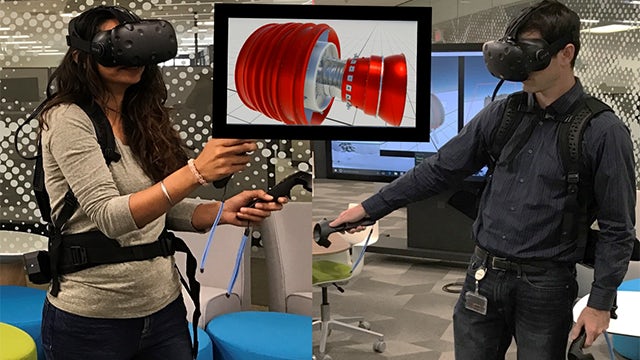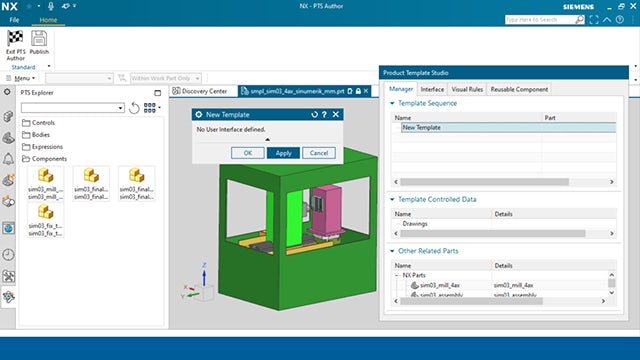30-day free trial
Try NX X: Our SaaS CAD solution
NX X is cloud SaaS NX, delivering the full power of NX design capabilities through three scalable seat options. NX X can be easily installed onto your devices for seamless connectivity. Built on NX architecture, you can continue to collaborate across disciplines with zero data loss—with confidence in secure data management capabilities.
Try before you buy by downloading a 30-day trial.

NX CAD mechanical design solutions
Deliver products quickly to market and right the first time. NX MCAD solutions enable you to use virtual models rather than costly physical prototypes.
Case study
Schubert Additive Solutions
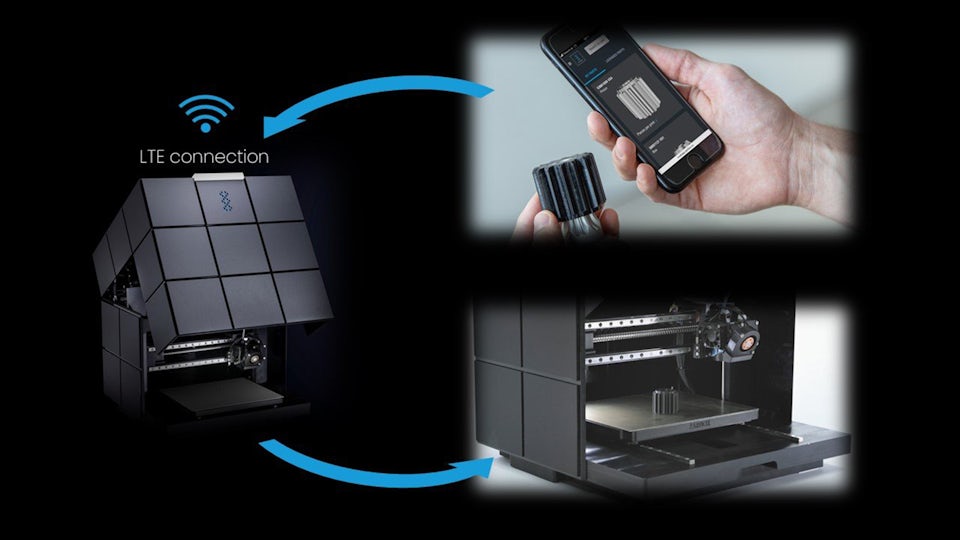
Case Study
Additive manufacturing system provider transforms part supply by designing industrial-grade 3D printer in a few weeks
Company:Schubert Additive Solutions
Industry:Industrial machinery
Location:Crailsheim, Germany
Siemens Software:Additive Manufacturing Network, NX
